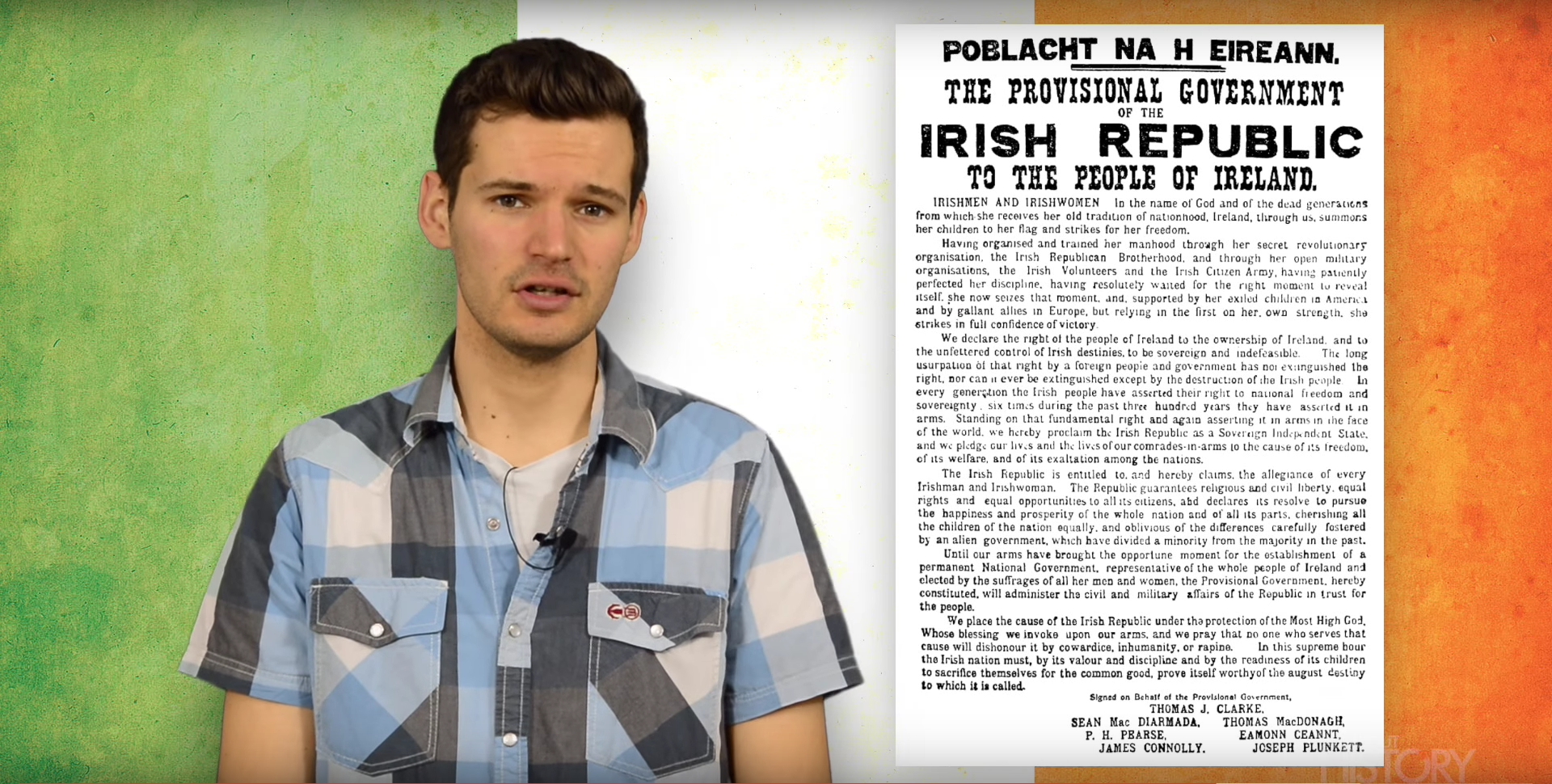100 years ago, nationalists from the Irish republican brotherhood took a stand against British rule on the Emerald Isle. The Irish capital – Dublin – became a battleground and the fight for Ireland’s future had begun. With revolution, executions and help from the Germans, here are five things you didn’t know about the Easter Rising.
The rebels asked the Germans for help
The Easter Rising took place in 1916, two years into World War I. While Germany and Britain fought on the Western Front, the Irish rebel leaders attempted to get German military backing. This was done through an American-Irish Republican Group called Clarn na noile, whose members had already established a relationship with German officials. There were some quite audacious plans for a German expeditionary force to land on Ireland’s west coast but sadly for the leaders, this did not come to fruition. After a ship carrying German weaponry was captured, the rebels stood alone.
A muddle of dates hindered the rising
By Friday, 28 April 1928, the number of British troops in Dublin had risen to 19,000 while the Irish Republic groups had only amassed 1,600 fighters due to mass confusion over the date of the rising. The Irish Republican Brotherhood’s Military Council initially planned to begin the insurrection on Good Friday but eventually decided on Easter Sunday, confusing the hell out of everyone in the process.
Not all the fighting took place in Dublin
The Easter Rising is usually synonymous with battles taking place on the streets of the Irish capital but conflict did take place on other sites on the Emerald Isle.
The Battle of Ashbourne County Meath was the most prominent skirmish outside of Dublin and was fought to distract British troops from the capital. Rail links were disrupted and barracks attacked as the fighting lasted for five hours before the Irish resistance was eventually crushed by British reinforcements.
One of the leaders got married the day he died
Poet, nationalist and rising leader Joseph Plunkett married his fiancée, Grace Gifford, at Kilmainham Gaol eight hours before his execution. Romantic perhaps but the sad reality is that, hours after he would be kissing his new wife, he would be kissing hot lead. Distraught, Gifford wore her widow’s mourning clothes for the rest of her life.
The executions were as brutal as you would think
To help the riflemen shoot to kill, white crosses were painted on the hearts of the dissenters. Naturally this was a tough job for the executioners who were issued with dummy bullets so they didn’t know who killed who. One of the leaders, James Connolly, had to be carried to his execution on a stretcher and shot while sitting down; as his wounds were so bad that he couldn’t stand.
For more historical facts and features, check out the latest issue of All About History here or subscribe now and save up to 25%!
